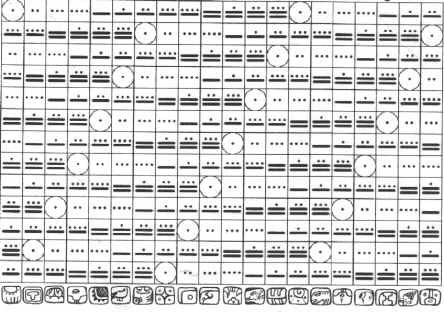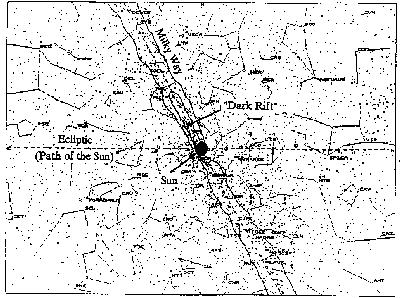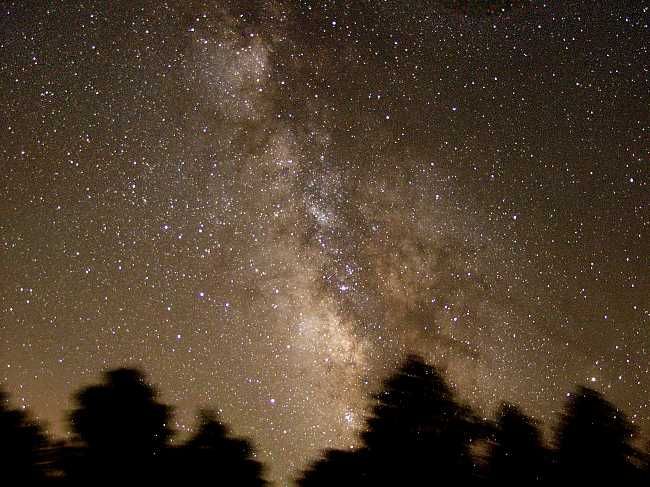THE MAYAN CALENDAR DOES NOT END IN 2012
The date December 21st, 2012 A.D. , represents an extremely close conjunction of the Winter Solstice Sun with the crossing point of the Galactic Equator and the Ecliptic (path of the Sun), what that ancient Maya recognized as the Sacred Tree. This is an event that has been coming to
resonance very slowly over thousands and thousands of years. It will come to resolution at exactly 11:11 am GMT.

the Mayan calendar does not end in 2012 at all, that it is like the odometer on your car, as each section of the odometer reaches 9 and then clicks over to 0, the next number to it starts a new cycle, so that when all the numbers again reach 0 all the way across the odometer - the last number will change from 1 to 2 and the new cycle starts all over again.
On the winter solstice of 2012, the noonday Sun exactly conjuncts
the crossing point of the sun's ecliptic with the galactic plane,
while also closely conjuncting the exact the center of the galaxy.

Did you notice the obvious tilt? It is at a steep angle to the straight line of the horizon.
This is because our solar system appears to belong to another galaxy that is colliding with the Milky Way. 
Putting it all together, it implies the 2011-2012 event is a natural cycle of solar maximum bursts which could scorch all or parts of the earth.
The eclipse is the path traveled by the sun, moon, and planets through the sky. Twelve constellations lie along the ecliptic, and the sun passes through all twelve during the course of one year. The ecliptic cross over the Milky Way at a 60 degree angle near the constellation Sagittarius. As such, it forms a cross with the Milky Way, and this cosmic cross was called the Sacred Tree by the ancient Maya. (The cross form was also known as the "crossroads." Amazingly, the center of this cosmic cross, that is right where the ecliptic crosses over the Milky Way is exactly where the December solstice sun will be in A.D. 2012. This alignment occurs only once every 25,800 years.the center of the Maya Sacred Tree, right where the sun will be in 2012! In the 28 years listed on the page from which the above table was taken, only the one 11:11 universal time is given. The end of the Mayan calendar falls on December 21, 2012. That is the famous "End Date" -
Moon of December 13, 2012, lying in Earth's sky next to the same bright comet. Both objects will lie close to our Sun during its eclipse of the galactic centre on December 21-23 (which is indicated by a Mayan spiral symbol called "Hunab Ku").
In summary, something important may happen one week before the Mayan Long Count calendar ends on December 21-23, 2012. At the very least, we should see a bright comet next to a new Moon. We might even see curved lines or "rays" emerging from the galactic center.



















